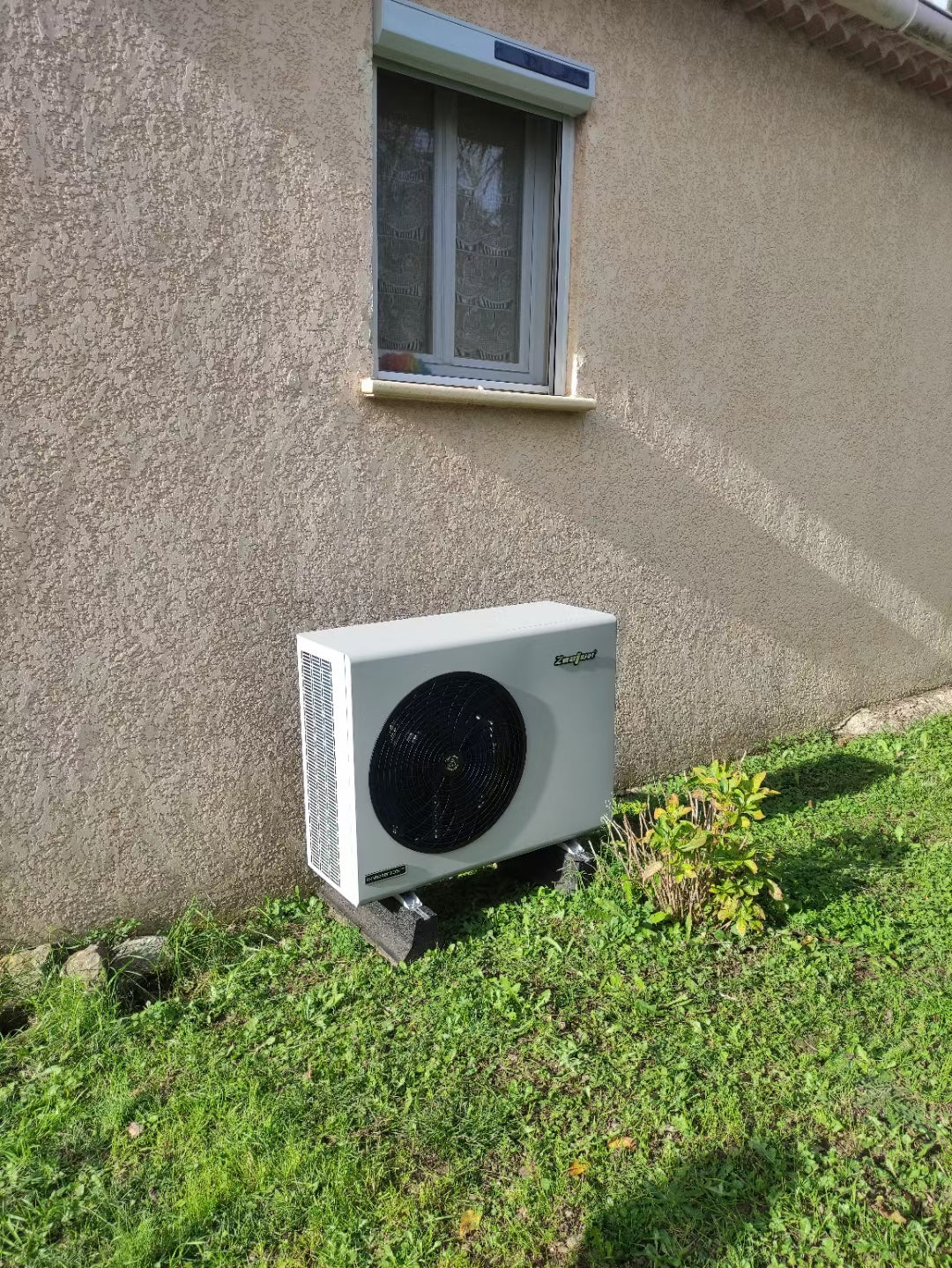Sizing and Selecting Ductwork for Heat Pump Delivery Systems: Key Considerations
Heat pumps have emerged as a popular alternative for homes wishing to improve their smart temperature control systems due to their high performance and low cost. Don't overlook the significance of correctly measuring and choosing ducting for your heat pump delivery system. If you choose the improper size, kind, or insulation, your system may sound like a jet engine taking off in your living room. Therefore, pick wisely to keep your purse and ears pleased!
The Value of Correct Sizing
If you want your heat pump delivery system to operate properly, you must consider ductwork sizing. That's like attempting to put a square peg into a round hole if the ducts are too narrow. It won't work! You'll end up with restricted airflow and a less efficient system. But on the other hand, if your ducts are too large, you'll lose valuable heat or cooling, and your system won't be running like the well-oiled machine it should be.
Proper sizing of ductwork is crucial for a happy, healthy air source heating system. It ensures that your system operates at peak efficiency, providing optimal comfort and cost savings for your home. So, don't let your ducts be the Achilles heel of your heat pump system. Get them sized right, and let your heat pump be the hero your home deserves!
Types of Ductwork Available
When it comes to heat pump delivery systems, the right ductwork can make all the difference. Here are the three main types of ductwork available:
Flexible Ductwork: Easy but Not Always Durable
Because of its simplicity of installation and flexibility, flexible ducting is a common pick for many people. It's comprised of thin, flexible plastic that can be readily twisted to fit into small areas. This type of ducting is appropriate for homes with limited installation space. It may, however, be less robust than other forms of ducting, and its flexibility may lead to air leakage.
Sheet Metal Ductwork: Strong but Challenging
Sheet metal ducting, which is often comprised of galvanized steel or aluminum, is a more durable alternative. It's a promising technique for larger buildings or households that require more ventilation. Sheet metal ducting is stiffer than flexible ductwork and can bear more pressure. Nevertheless, it can be more difficult to install and may necessitate expert installation.
Fiberglass Ductwork: Insulated but Expensive
Fiberglass ductwork, which is recognized for its thermal insulation capabilities, is another choice. It is generally constructed of layers of fiberglass insulation coated in a protective covering. This sort of ductwork is energy efficient and provides good insulation, which may allow you to cut expenses on electricity. It is, however, more costly than other forms of ducting and may not be appropriate for all applications.
Factors to Consider When Selecting Ductwork
If you want to keep your heat pump delivery system running like a well-oiled machine, you need to choose the right ductwork. So, what do you need to consider?
Size Matters: The Impact of Your Home's Size and Layout on Ductwork Selection
Is your home petite or palatial? The size and layout of your home will determine what size and type of ductwork your system needs. If you've got a cozy abode with small rooms and minimal twists and turns in the ductwork, you may be able to get away with smaller ducts and less airflow. But if you've got a sprawling mansion or a complex layout, you may need bigger ducts and more air to keep things comfortable.
Blowin' in the Wind: How Airflow Requirements Affect Ductwork Selection
Your heat pump's airflow requirements are another key factor to consider when selecting ductwork. If your heat pump needs a lot of airflows, you'll need larger ducts to ensure optimal performance. After all, you don't want your heat pump huffing and puffing like a marathon runner with asthma.
Budget-Friendly or Top-of-the-Line: Considering Cost in Ductwork Selection
Your budget is an important consideration when choosing ductwork for your heat pump delivery system. Fiberglass ductwork is energy-efficient and eco-friendly, but also the most expensive option. On the other hand, flexible ductwork is budget-friendly, but may not be as durable or efficient as other types. It's important to work with a reputable heat pump supplier who can help you balance the costs and benefits of different types of ductwork and find the best option for your budget and performance needs.
Conclusion
If you want to make sure your heat pump delivery system is performing at its best, don't skimp on the ductwork sizing and selection. Take into account the size and layout of your home, as well as the airflow requirements and your budget. After all, you don't want your heat pump to feel like it's running a marathon, do you? By considering these factors, you can ensure your heat pump system provides the perfect balance of comfort and efficiency for your home.
 heat pumps
heat pumps ashp heating
ashp heating Heat Pump Supplier
Heat Pump Supplier
评论
发表评论